Konica was the camera brand name of Konishiroku, one of the earliest photographic companies in Japan. The original company was the first in Japan to produce celluloid-based photographic materials. They produced film for many years under the Sakura name, before switching to using the Konica brand on that too.
Konica was always an innovator. They did a lot of work on vertical focal plane shutters, producing the first such shutter to offer 1/2000 of a second (just beating Canon to the market). Konica transferred their knowledge to Copal and used the Copal FP shutters on subsequent cameras.
The early Auto-Reflex
Konica’s original ‘F’ mount was modified to suit a new innovative camera, the Auto-Reflex. This was an SLR that offered shutter priority automatic exposure (you set the shutter speed, the camera chooses an appropriate aperture based on film speed entered) – Although this allowed auto exposure with a mechanical shutter, it did require a new setting on the lens aperture ring to allow the camera to select the aperture. Lenses were held fully open for composition then allowed to stop down to a precise aperture on exposure and then re-opened. Because of the need for the camera to be able to sense if the lens is set to the automatic option (marked EE or AE), the aperture dials are close to the body. A button on the aperture dial has to be pressed to take the lens off automatic.
The original Auto-Reflex did not have a TTL meter, instead it was set off on the front right of the camera, close to the shutter speed dial and shutter release. It also allowed shooting of full-frame or half frame shots mid-roll. While this feature is often mentioned, it does sound rather complex and did not make it into later models.
The follow-up cameras dropped the hyphen to become Autoreflex and adopted TTL metering. They came in 2 flavours, a ‘T’ which was fully featured and an ‘A’, which tended to lack one or more of 1/1000 on the shutter dial, a self-timer and DoF preview.
The Autoreflex T3
The subject of this article, and possibly the most interesting camera of the series was the Konica Autoreflex T3. The Konica Autoreflex T3 featured a full information viewfinder, showing aperture and shutter speed, had a DoF preview lever integrated with the self-timer, a short travel shutter release (the one on the T and T2 had fairly long travel) with a meter switch/shutter lock surrounding it, an indicator to show if the shutter is cocked via a small window next to the shutter speed dial (showing red or green) and a switch to allow the shutter to be cocked without advancing the film, to give accurate intentional double exposures. A detachable hot shoe was also included, which could be removed by those who eschewed flash.
The back on the Konica Autoreflex T3 is released via a little tab at the bottom of the left side of the camera, the rewind lever does not raise to allow for film loading, rather there is a cut-out in the base of the camera to allow insertion of a 135 cassette.
The Konica Autoreflex T3 is built. It is a heavy bit of kit. You can imagine knocking in nails with it.
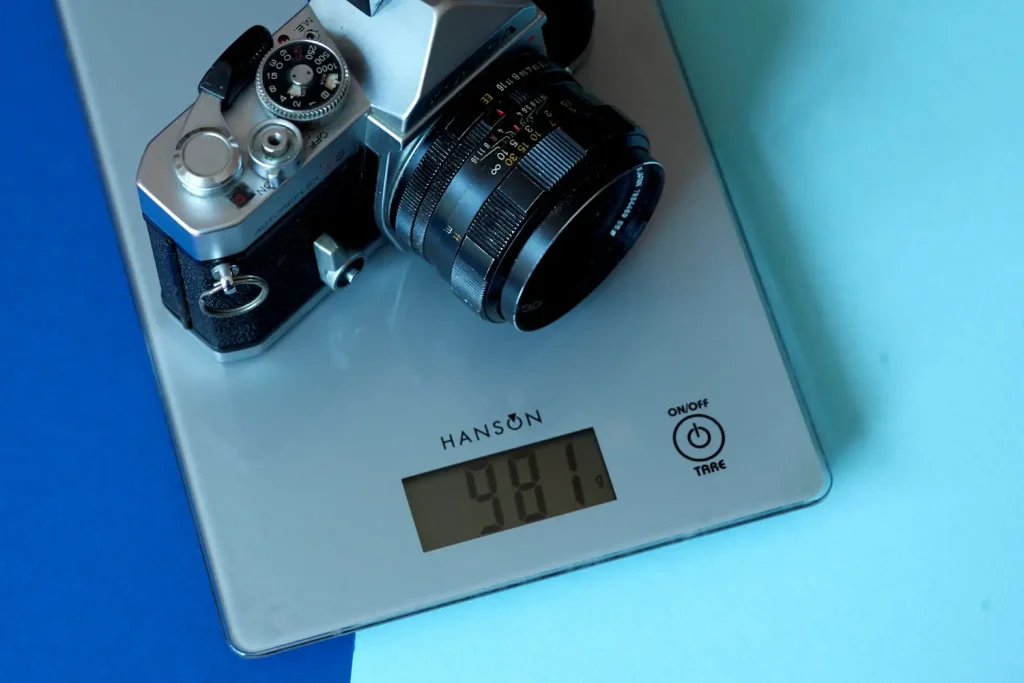
The Konica Autoreflex T3 Pros:
- Full information viewfinder with maximum and minimum aperture for fitted lens shown in viewfinder, along with an indicator of whether the lens is set to automatic or manual exposure.
Because the AR lens mount has such a short registration distance you can fit m42 or Nikon lenses (manual exposure only). - Because it has a mechanical shutter, the camera will operate without batteries at all speeds (manual exposure only).
- The camera has an exposure lock built into the first 1 mm of travel of the shutter release which tends to make compensating for backlighting much easier. A second exposure lock is built into the DoF preview.
- Flash Synch is at 1/125th due to vertical travel shutter.
- The built-in meter copes with films from 12 to 3200 ASA.
- The film pressure plate is huge, it is a really enormous bit of real-estate. That film could not be flatter.
The Konica Autoreflex T3 cons:
- The original Konica Autoreflex T3 offered microprism OR split image focusing aids (not both) and screens are not interchangeable (without taking the camera apart).
- The cameras were designed to take two px675 mercury batteries, Silver 1.5 volt batteries need a bit of calibrating, although Zinc-Air hearing aid batteries will give the right voltage for about 2 months of use.
- There are no motor-drive options.
- Because of the narrow registration distance, the mirror used in these bodies is not huge – as it is the mirror actually articulates up and back during exposure (rather than just hinging) so that it can avoid the rear element of the lens. Because of this, some long lenses may show light drop-off at the bottom of the viewfinder (this is not a problem at normal focal lengths – of 200 mm or less).
- The viewfinder is not the brightest or biggest (but is OK).
Issues with used copies
Other than the normal problems you would associate with cameras that are up to 50 years old, the Konica Autoreflex T3 is a highly reliable camera. At one time they were purchased for use by the British army; largely because Konica would supply repair manuals and the British Army required in the early 1970s that equipment such as cameras had to be able to be repaired in the field – this changed in the 80s, when it was apparent that it was cheaper to carry extra stock and just replace faulty cameras rather than repair them.
There can be an issue with the aperture mechanism – the cameras have a ring inside the mount which is covered in a slippy non-stick material, over time this can be slow to return to its resting position – not so slow that you notice any darkening of the viewfinder after an exposure, but it doesn’t return to its resting place quite as quickly as it should. If you try to wind on before the ring has fully returned to its resting place, the shutter will fire as soon as it is cocked.
The ‘New’ Konica Autoreflex T3
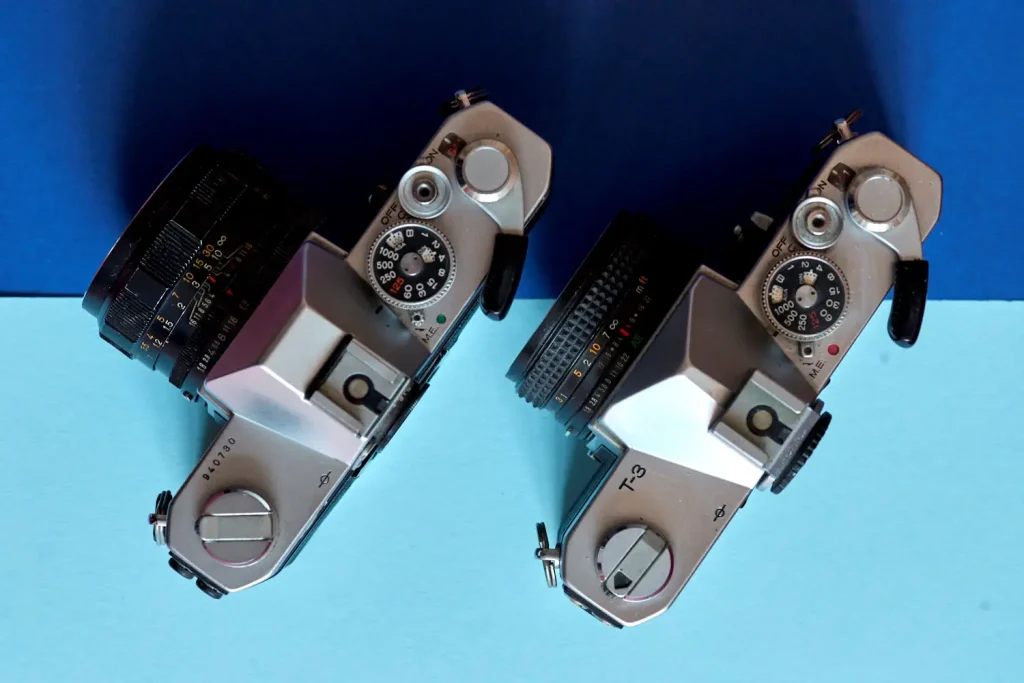
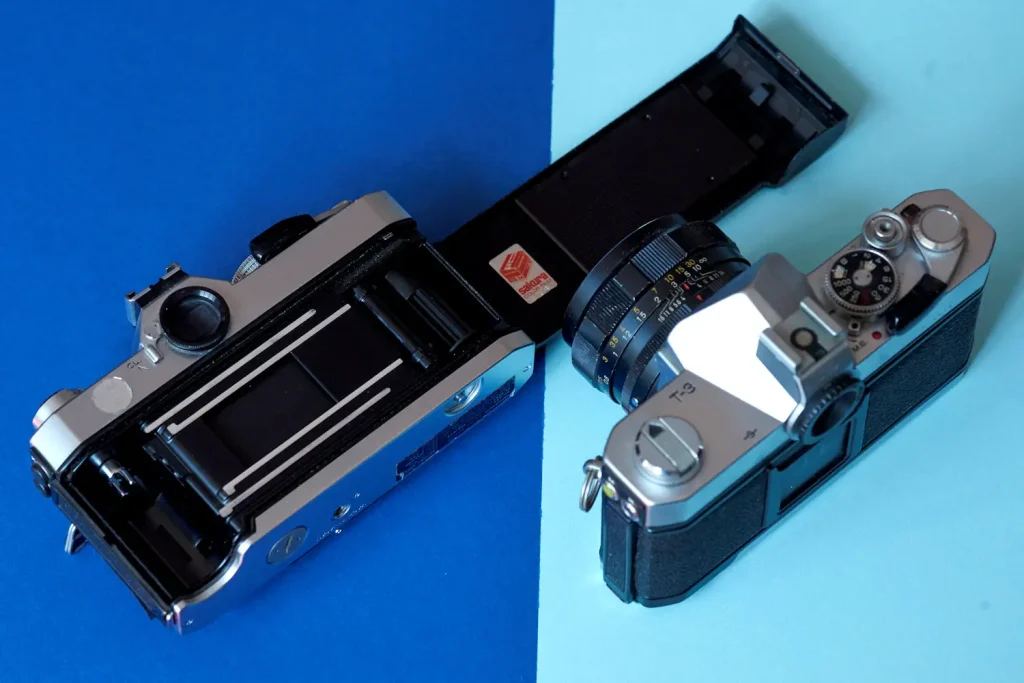
Konica followed up with a revised camera, which confusingly has exactly the same name (although the two are easy to tell apart). The revised camera had a black rather than silver self-timer/DoF lever, slightly different knurling on the double exposure switch, does not have T3 engraved on the top surface of the top-plate, has a fixed hot shoe with squared off pentaprism, features a shutter blind (so that the meter does not get false readings through the viewfinder when used on a tripod). The split-image screen (where fitted) gained a microprism collar. The revised version tends to be called nT3 or T3n.
Later versions
The follow-ups to the tank-like Autoreflexes featured smaller polycarbonate bodies. The T4 took an autowinder and had a bigger brighter viewfinder. The TC was the budget model, but did feature a self-timer and 1/1000 shutter speed, although it loses speeds below 1/8, DoF preview and the shutter speeds in the viewfinder.
Later Cameras lost the Autoreflex name, but kept the AR mount. Konica got out of SLR cameras (not for the last time) in 1987.
Here are some pictures from the T3..

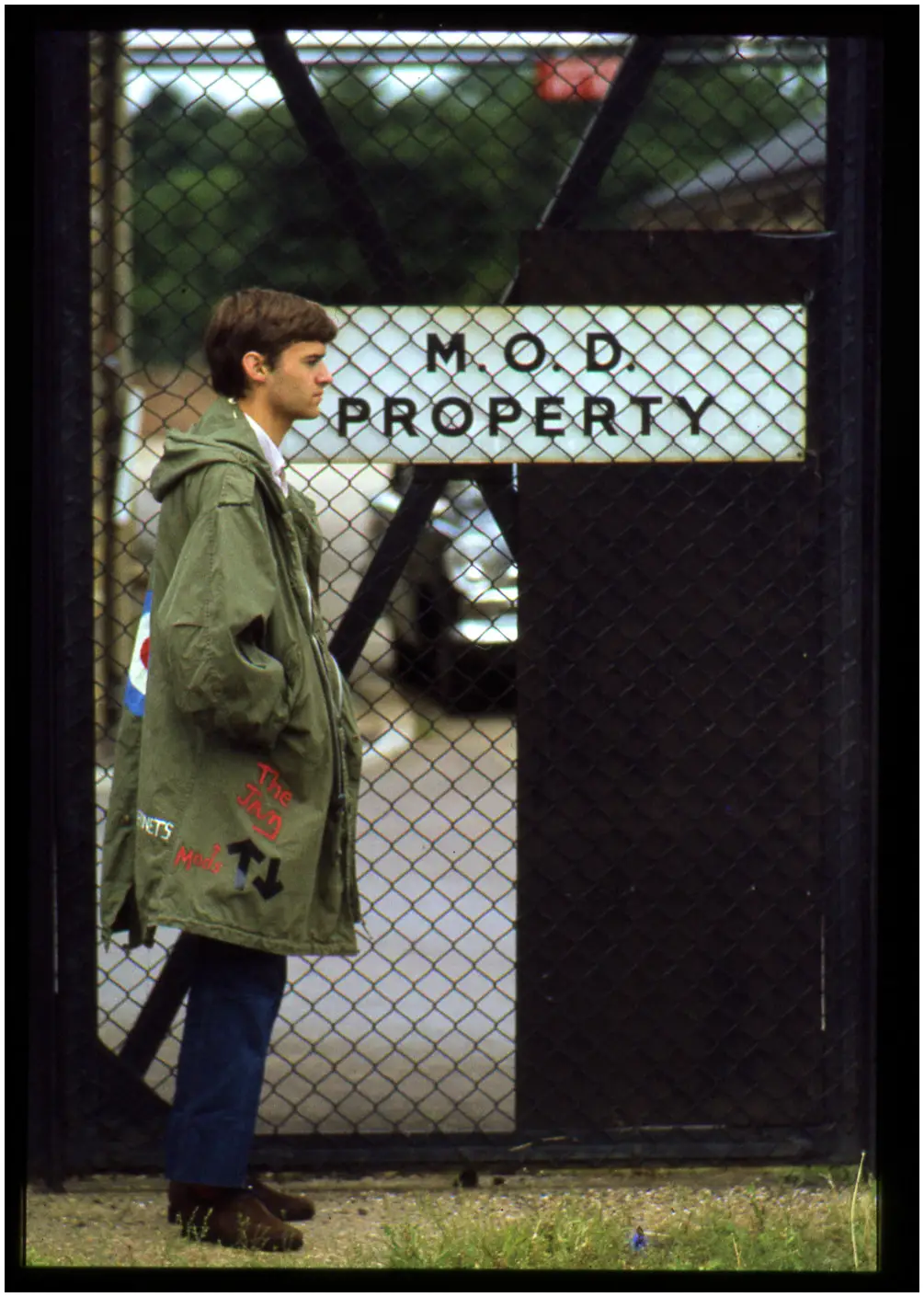
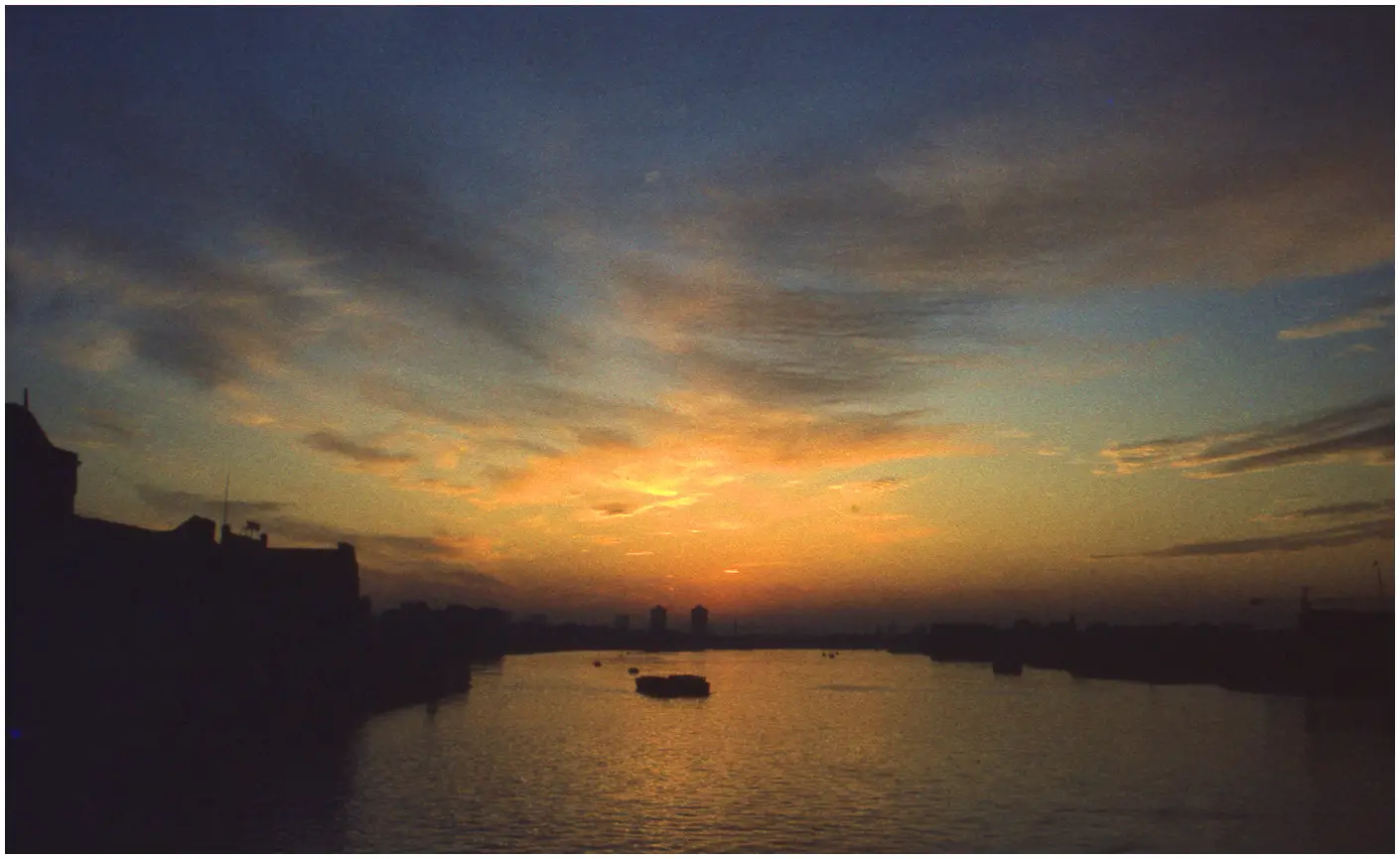

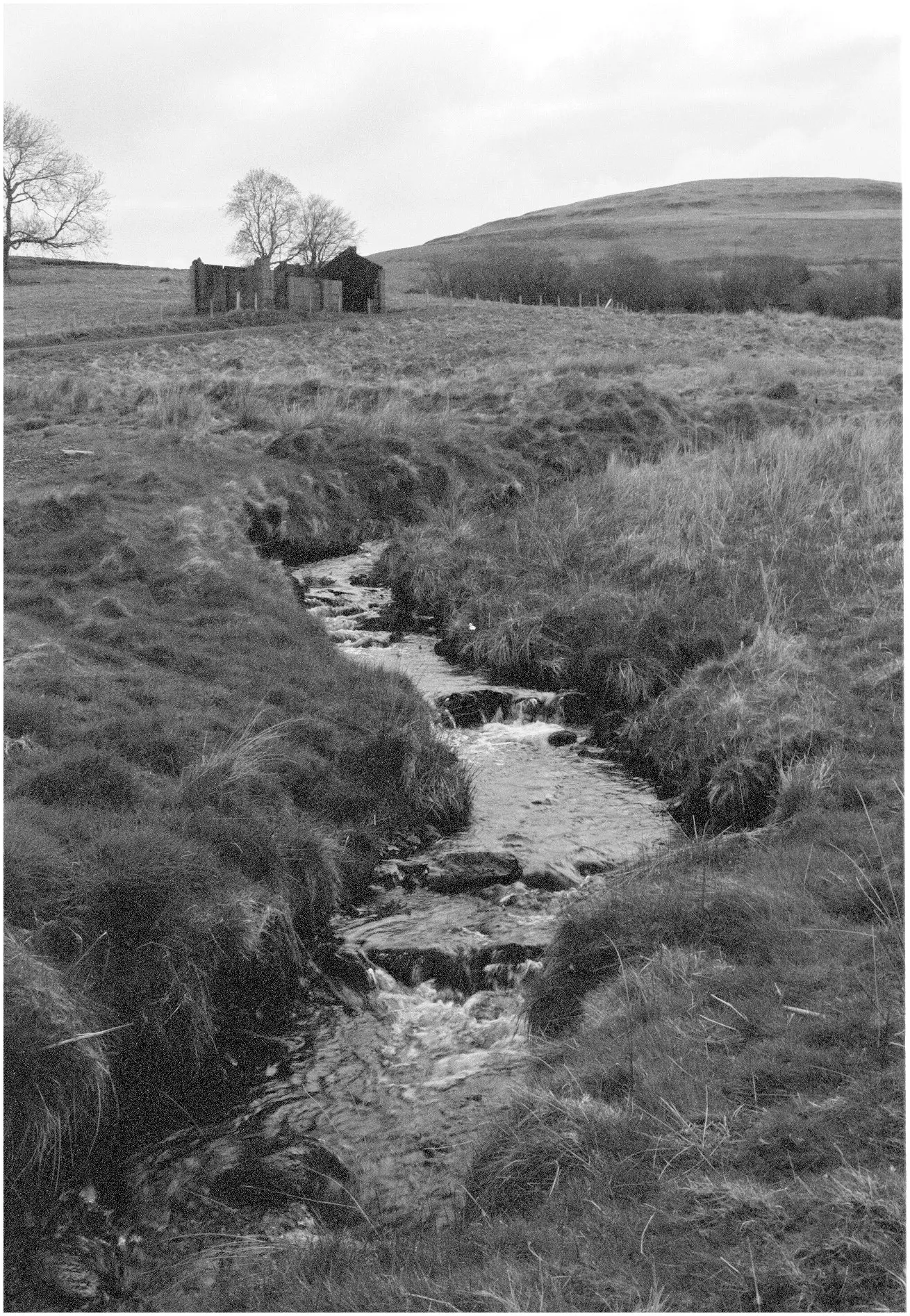
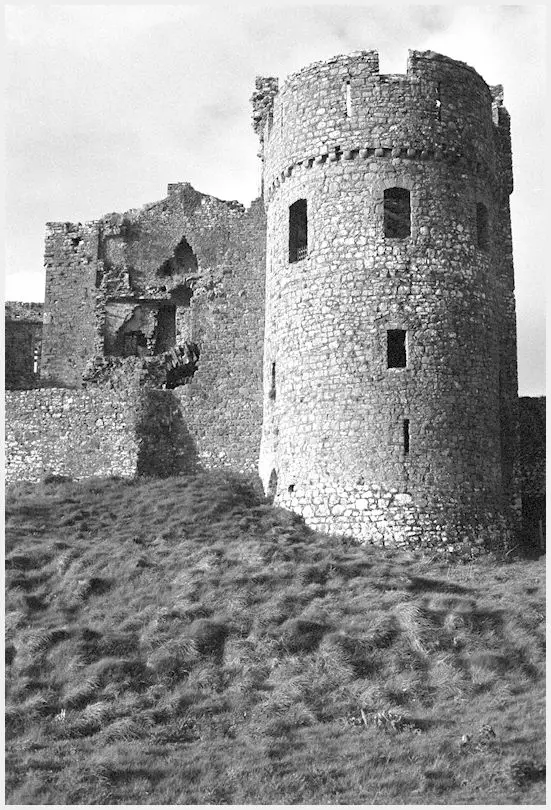
You can find more articles about Konica cameras on 35mmc here
More of my reviews can be found here
Share this post:
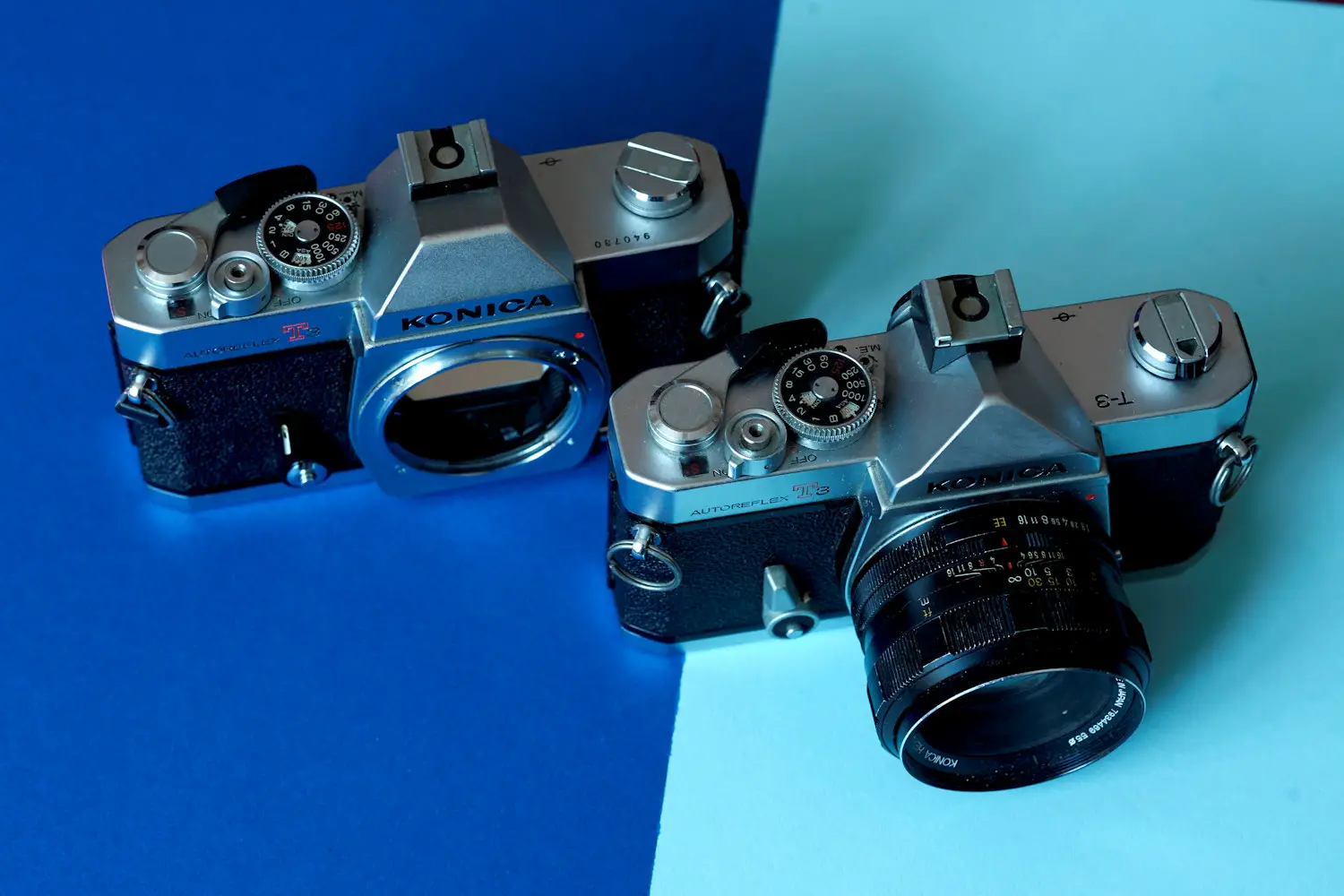








Comments
Gerard Exupery on Konica Autoreflex T3 Review – By Bob Janes
Comment posted: 19/06/2020
allan Ritchie on Konica Autoreflex T3 Review – By Bob Janes
Comment posted: 19/06/2020
Tubieres de Cayless, Martin on Konica Autoreflex T3 Review – By Bob Janes
Comment posted: 19/06/2020
Rock on Konica Autoreflex T3 Review – By Bob Janes
Comment posted: 19/06/2020
Comment posted: 19/06/2020
Rob Blue on Konica Autoreflex T3 Review – By Bob Janes
Comment posted: 20/06/2020
Greg Weber (http://www.webercamera.com/) still repairs these and rates the T3 and T3n a 5/5 on his reliability scale, a testament to how well they are made.
david bailward on Konica Autoreflex T3 Review – By Bob Janes
Comment posted: 15/08/2020
Thank you
Comment posted: 15/08/2020
Jens Knappe on Konica Autoreflex T3 Review – By Bob Janes
Comment posted: 18/12/2021
I can recommend the predecessor, the Konica Autoreflex T, too. Very pure designed SLR, very heavy built, quite good shutter priority. My most used lenses are Hexanon 50mm f1.8, Hexanon 40mm f1.8 and Hexanon 135mm f3.2, in general sharp and contrasty lenses.
Simon Leung on Konica Autoreflex T3 Review – By Bob Janes
Comment posted: 19/05/2022
As a matter of fact, I might by another body just to fit the 135mm lens.
Comment posted: 19/05/2022
Steve Cope on Konica Autoreflex T3 Review – By Bob Janes
Comment posted: 01/07/2023
Comment posted: 01/07/2023